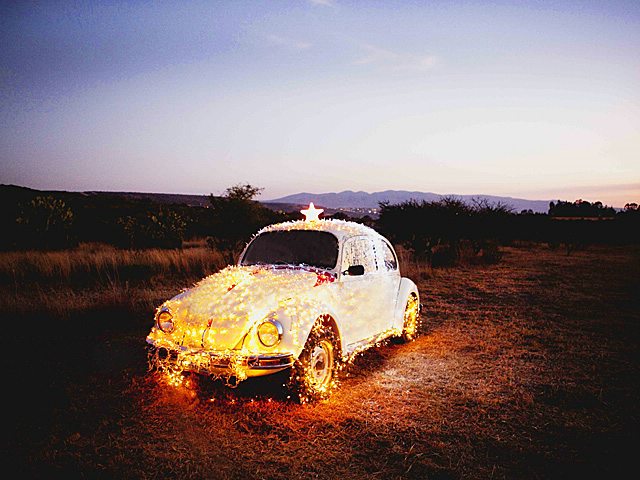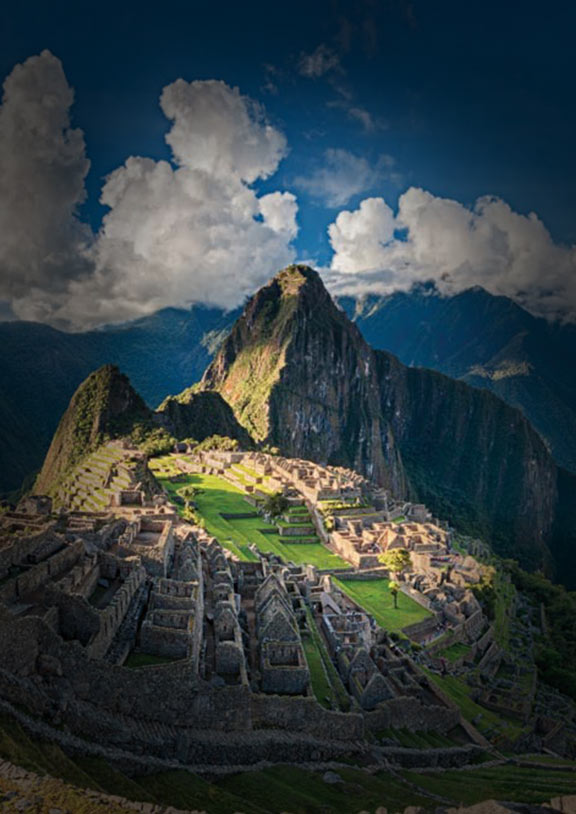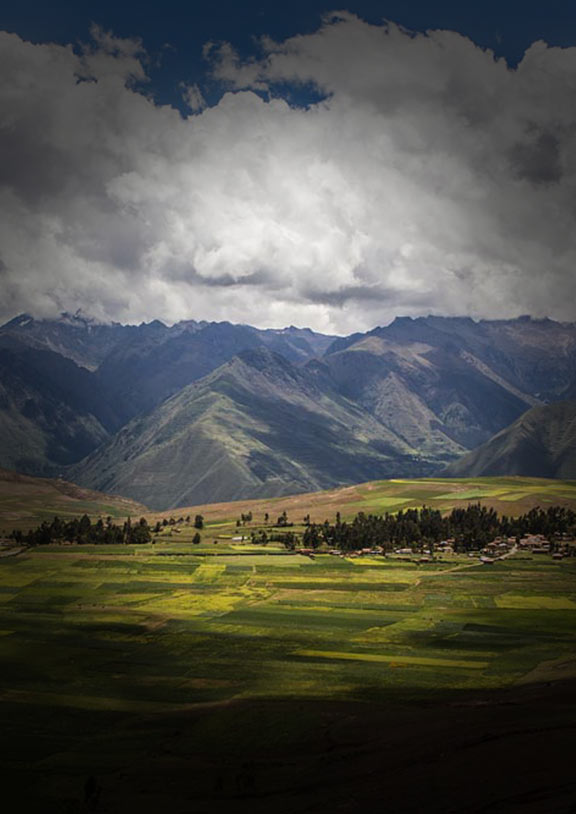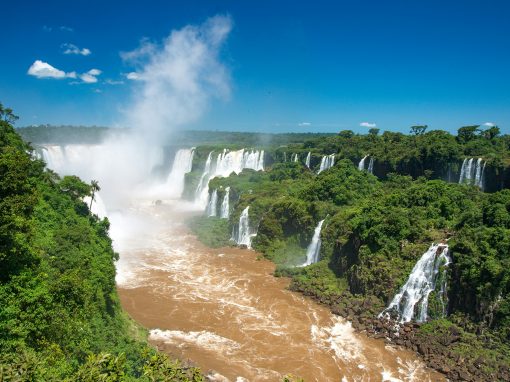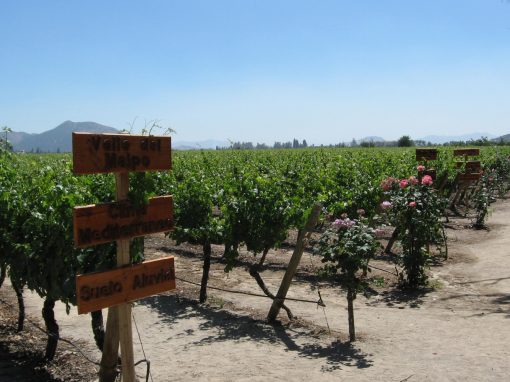Traveling during the holidays always comes with some amount of stress and complication. First, there are the crowds and long lines. Mix in a flight delay and a surprise site closure and you’ve got a formula for an unhappy family vacation. But luckily, we’re here on the ground to give you the best insider tips to traveling to South America this upcoming holiday season. With this advice from our expert travel staff, you can rest assured that your South America vacation has been planned to go off without a hitch.
First, you’ll have to make sure you arrive to your destination as planned. This means you’ll need to book flights far in advance since the holidays are a peak travel season regardless of your destination. Plus the further in advanced you book, the more likely you are to get a better price. If you can find a direct flight to your destination, that is your best option. If not, make sure to take a connecting flight that departs several hours after the arrival of the first leg of your journey. This way you’ll make sure to catch your second plane even if your first flight is delayed—delays are very common during peak travel. Around four to five hours between flights is strongly recommended. For international flights, you will want to arrive to the airport three hours in advance instead of the normal two since the airports will most likely be very crowded. For domestic flights, allow two to two and a half hours.
The best part about traveling to South America during the holiday season is that the Southern Hemisphere will be enjoying its summer. Beach destinations in Brazil will be at their prime and there’s no better time to visit Patagonia if you’re looking to capture some of the spectacular views unobstructed by the rain, clouds, and snow of the winter season. But be aware that Patagonian weather is notoriously fickle regardless of the season. Buenos Aires will be sweltering and without beaches to escape to, but this heat will be a much needed change for travelers from the upper reaches of North America and Europe. The Peruvian coast will be hot and sunny and enjoys some of the best surf destinations in South America.
High up in the Andes, however, cities like Cusco and Puno will be nearing the peak of the rainy season. But rain isn’t a reason to avoid this region. In fact, the lush green vegetation of the rainy season is even more scenic than the brittle yellowness that characterizes the area in winter. Usually, it will rain at some point almost every day, sometimes several times. But it will also be sunny at some point almost every day. Cusco is one of the few cities in the world where you’ll want to have a rain jacket, sun glasses, flip flops, and removable pant legs with you most everywhere you go—you’ll need most of these items at some point throughout the day as the weather is constantly changing. Also make sure to bring a warm article of clothing to throw on at night or pick up an alpaca wool sweater at an artisan market. Sweater in Peruvian Spanish is chompa. Layers are key during the rainy season.
Along with expensive flights, you may also be looking at inflated hotel prices during the holiday season. Hotels in Rio de Janeiro and many other destinations in Brazil often have a minimum stay of three or four days during New Year’s celebrations (called reveillon) and prices could double or even triple. This same phenomenon may occur in Buenos Aires, but usually only in high-end hotels. In Peru the price hikes are less dramatic than in Brazil, but they are noticeable during the holiday season. But requiring a minimum stay is less common than requiring payment for an obligatory dinner or folk show at the hotel. This extra fee is usually only charged at higher end hotels and should be covered at your booking.
In most destinations in South America, tourism is a big part of the economy and you will most likely have no problems in terms of site closures. Generally speaking, you may only run into trouble if you’re trying to take a tour of a church or cathedral, as these sites will likely be closed or in service on Christmas Day. Some important government buildings may also be closed to tours. Also, if you have immigration-related business (a lost Peruvian migration card, for example) you’ll have to wait until the next business day.
As far as crowds go, Cusco tends to reach near peak-season levels around Christmas time. This means you’ll need to take special care of booking your trains to Machu Picchu. While it’s rare for entrance tickets into the park should sell out, trains do. Book these a few months in advanced to ensure that you get the train that best fits your travel itinerary. In Buenos Aires you won’t see as many locals in town, but this is also a prime time for tourism in the Paris of South America so you’ll find other tourists exploring the city as well. Destinations in Brazil will be swarming with foreign and domestic tourists, but don’t be dissuaded by these crowds—just take it easy and remember that you’re in Brazil where beaches and caipirinhas are in never in short order.
With these travel tips in mind, you’re ready to contact one of our travel advisors and start planning your South America vacation!

Latin America for Less is a group of travel experts who live, work, eat, and breathe all things South America. Their inspiration stems from a deep appreciation for the beauty and diversity that make this continent so special.

